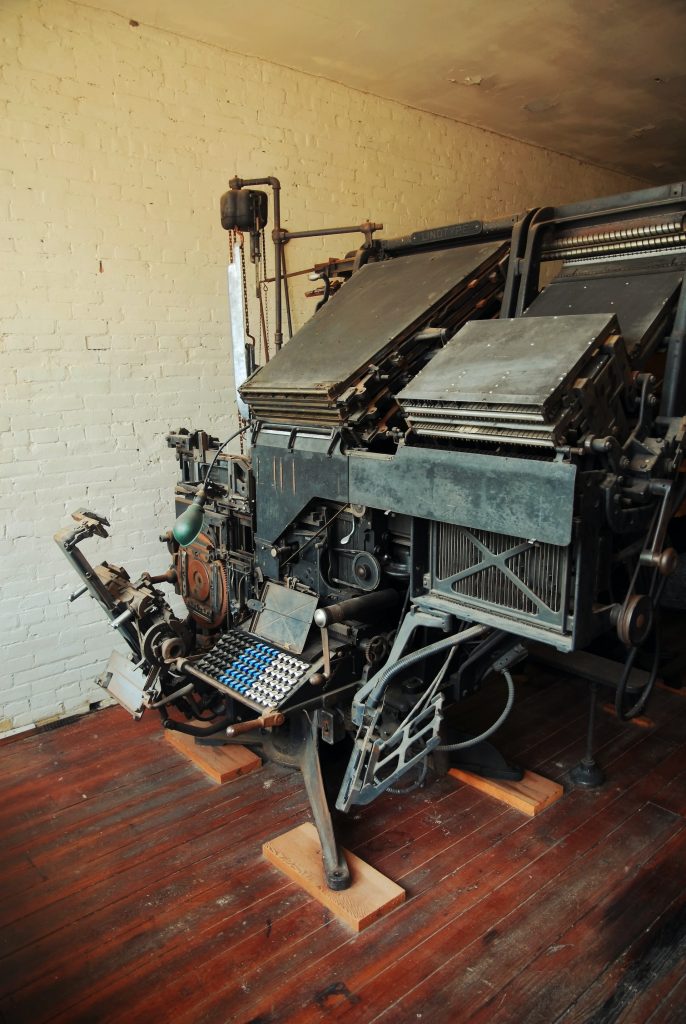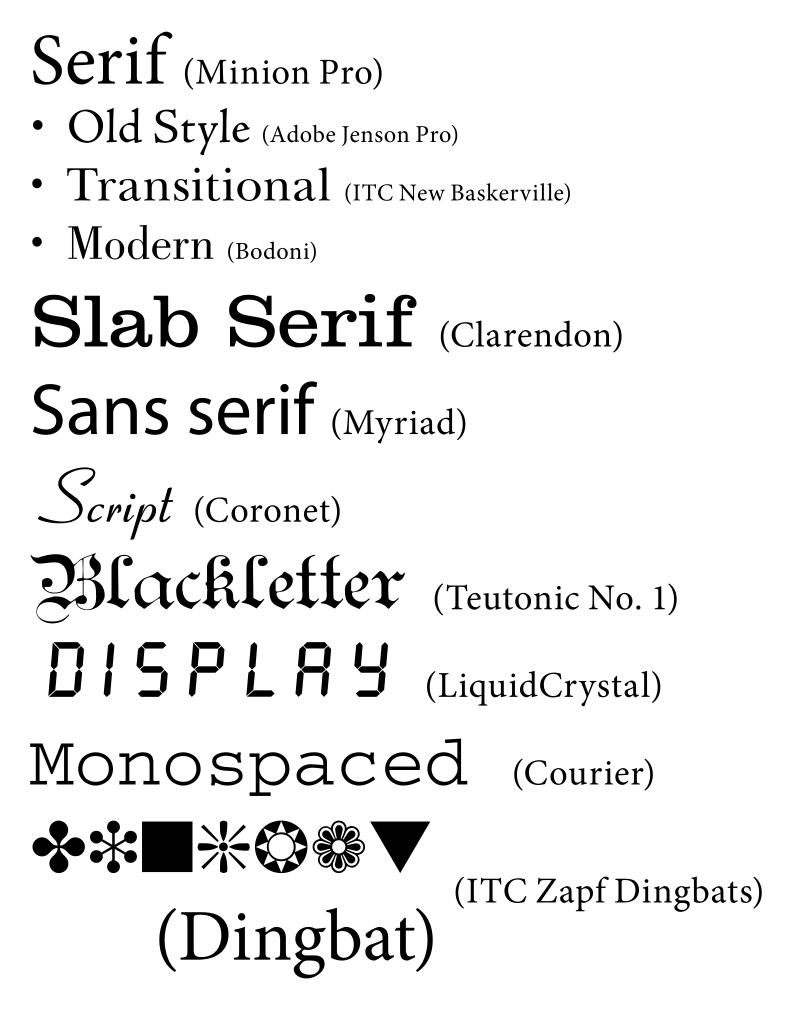Typesetting Yesterday, Today, and Tomorrow
From its beginnings to the modern digital era, typesetting has made an essential contribution to the dissemination of knowledge, ideas, and culture, and it will continue to do so in the future.
In the past, creating a book required hand-copying or transcribing the text, which was very time-consuming and costly, resulting in books being expensive and rare. This changed with the invention of the printing press.
Inextricably linked to its development is the name Johannes Gutenberg. His groundbreaking invention of movable metal type in the 15th century enabled the efficient and cost-effective mass production of books in Europe for the first time.
In the following years, typesetting continued to be refined and improved. New layouts and fonts were developed to meet the needs of different texts. Many classic fonts are still used today and shape the aesthetics of printed materials.
In the 19th century, typesetting reached another turning point with the introduction of the Linotype typesetting machine. It allowed entire lines of text to be produced in a single casting, rather than having to insert each letter as an individual piece of lead type. This made typesetting even faster and more cost-effective, leading to an unprecedented increase in the publication of books and newspapers.

(ca. 1400–1468)

(Photo by Robert Linder at Unsplash)
In the 20th century, digitization revolutionized typesetting. With the advent of computers and desktop publishing software, typesetting became more efficient and flexible. The variety of available fonts and layout options became almost limitless.
With the advent of the internet, typesetting has undergone another transformation. In the digital age, books are no longer only published in printed form, but in a wide variety of media, e.g. e-books, EPUBs or websites. These can be read with the appropriate technical devices. In order to ensure a pleasant reading experience, the typesetting must be able to automatically adapt to all of the different technical requirements (screen size, resolution, etc.).
Printed books are still cherished, while e-books and online publications are also highly popular. Typesetting remains a crucial aspect of book production, influencing readability, aesthetics and the overall impression.
In the near future, if typesetting is no longer performed by humans but by software, it must be reliable and possess many of the skills that typesetters have traditionally provided, such as:
- proper page breaks
- correct hyphenation (even in different languages)
- overall optical impression (text flow, word and character spacing, grayscale)
- integration of images and tables
- table typesetting with individual fonts and alignments
- the creation of indeces and directories
- OCR-capability for documents that are only available in printed form


Furthermore, typesetting software must meet modern technical requirements brought about by digitization:
- outputting results in various channels (print files, EPUBs, e-books, HTML files, etc.)
- multilingual capabilities
- post-processing of images (color space, file format, resolution, etc.)
- integration into online portals to allow independent authors to have their publications typeset fully automatically
catalog creation from databases
Despite the existence of a great number of typesetting software, most of them are not capable of achieving an optimal typesetting result without human post-processing. The proprietary software from the Berlin-based company DocAlign attempts to combine traditional high-level book typesetting with the demands of digital production fully automated.

